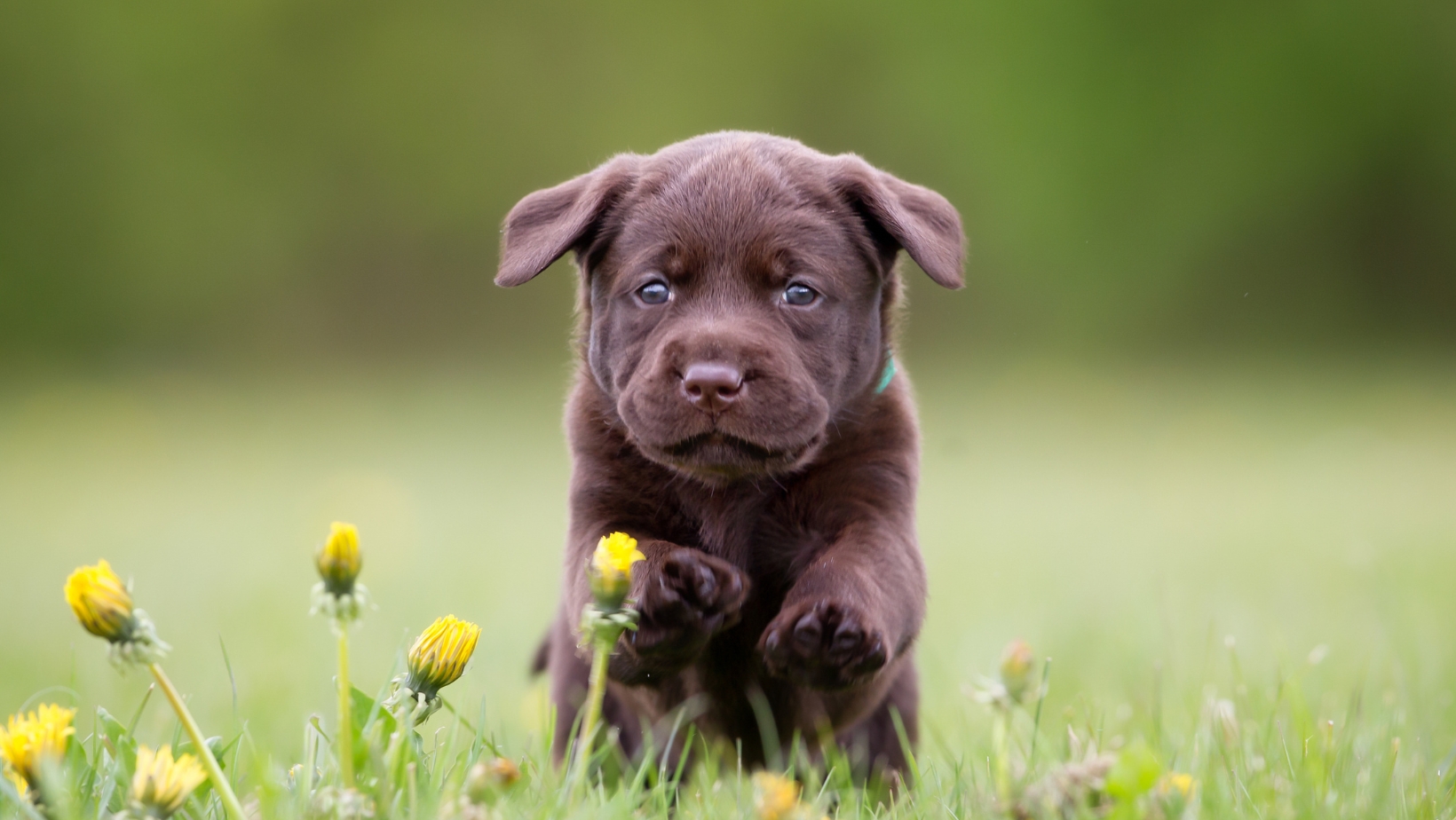Are you struggling with the frustrating issue of your Labrador peeing in the house? Don’t worry, I’ve got some helpful tips to train your furry friend to avoid accidents indoors. Training a dog not to pee inside requires consistency, patience, and positive reinforcement. Let’s dive into some effective strategies that will help you achieve success!
First and foremost, establish a routine for taking your Labrador outside to do their business. Dogs thrive on structure, so setting regular times for bathroom breaks can greatly reduce the chances of them having accidents indoors. Take them out first thing in the morning, after meals, and before bedtime.
Another crucial aspect is supervising your Labrador closely when they are inside the house. Keep an eye on their behavior and if you notice any signs such as sniffing around or circling, quickly take them outside to their designated potty area. By doing this consistently, you’ll teach them that going outside is the appropriate place to relieve themselves.
Additionally, properly rewarding good behavior plays a key role in training your Labrador not to pee in the house. When they eliminate outside, praise them enthusiastically and give them a treat as positive reinforcement. This reinforces the idea that going outdoors is desirable behavior.
Understanding the Importance of House Training
House training is an essential aspect of owning a dog, especially if you have a Labrador or any other breed. It not only helps maintain a clean and odor-free home but also establishes good habits for your furry friend. In this section, we’ll delve into the significance of house training, exploring its benefits, common mistakes to avoid, and the importance of establishing a consistent routine.
The Benefits of House Training Your Dog
House training your Labrador comes with numerous advantages that go beyond just keeping your home tidy. Here are some key benefits:
- Preventing accidents: By teaching your dog to relieve themselves outside, you minimize the chances of them having accidents indoors. This promotes cleanliness and prevents damage to your floors and furniture.
- Bonding and communication: The process of house training allows you to build trust and strengthen your bond with your Labrador. It creates an opportunity for effective communication between you and your pet.
- Improved hygiene: Properly trained dogs understand where they should eliminate waste, reducing the risk of unhygienic conditions in your living space.
- Reduced stress: House training can help alleviate stress for both you and your Labrador. Knowing that they have a designated area to use for bathroom breaks gives them structure and peace of mind.

How to Train Dog to Not Pee in House
When it comes to training your Labrador to not pee in the house, establishing a routine for bathroom breaks is crucial. Consistency and structure are key elements in teaching your furry friend where and when they should do their business.
Here are some steps to help you create an effective routine:
- Set a Schedule: Dogs thrive on routine, so establish set times for bathroom breaks throughout the day. Aim for feeding your Labrador at consistent times, as this will help regulate their bowel movements. After meals or play sessions, take them outside to their designated potty area.
- Take Frequent Breaks: Puppies have smaller bladders and may need more frequent bathroom breaks compared to adult dogs. As a general guideline, take your Labrador outside every 2-3 hours initially and gradually increase the time between breaks as they get older.
- Use Verbal Cues: Choose a specific command or phrase that you’ll use consistently when it’s time for your dog to go potty. This can be something like “Go potty” or “Do your business.” By using these verbal cues consistently, you’ll teach them to associate the command with going outside to relieve themselves.
- Supervise Indoor Time: Until your Labrador is fully trained, it’s important to supervise them while indoors. Keep an eye out for signs that they may need to go, such as sniffing around or circling in one spot. If you notice any of these behaviors, immediately redirect them outside.
- Reward Success: Positive reinforcement goes a long way in dog training. When your Labrador successfully eliminates outside, praise them enthusiastically and offer a treat as a reward. This positive association will encourage them to repeat the behavior in the future.
Remember that accidents may happen during the training process – it’s all part of the learning curve! Be patient with your Labrador and avoid punishing them for mistakes; instead, redirect them to the appropriate spot and reinforce good behavior. With time, consistency, and a well-established routine, your Labrador will learn to hold their bladder and only go potty outside.